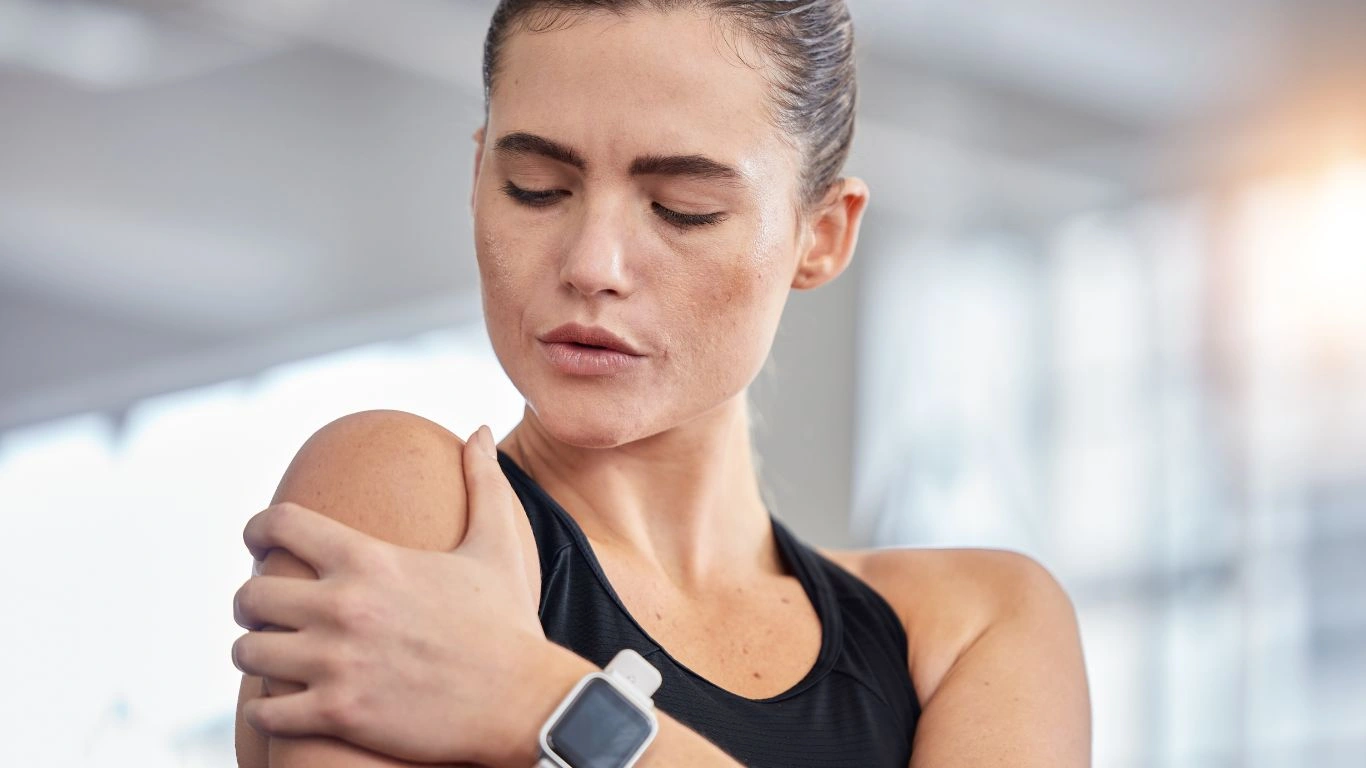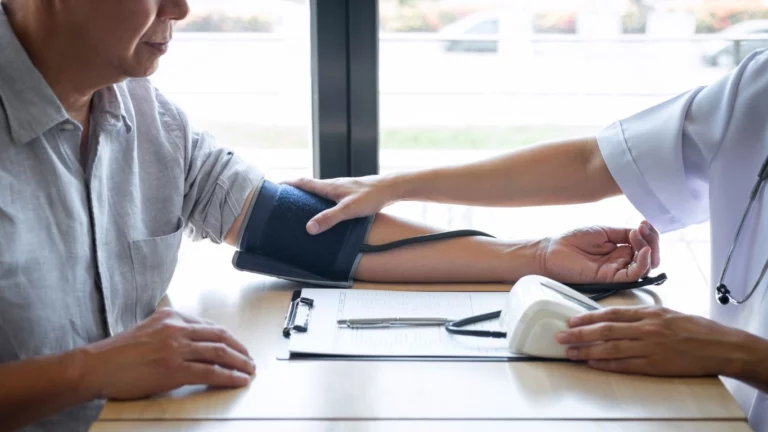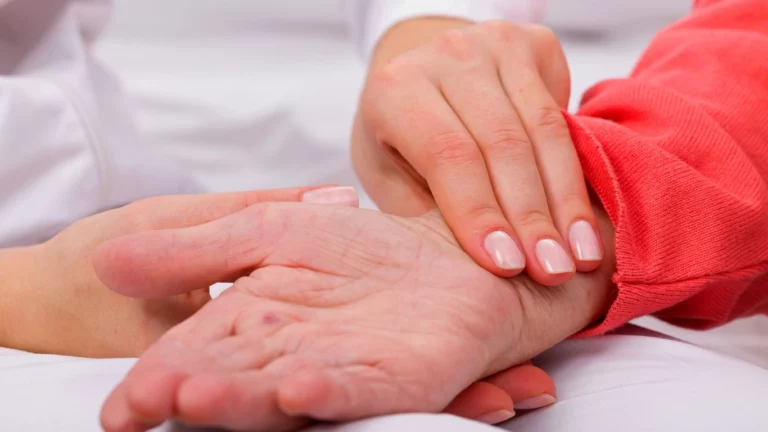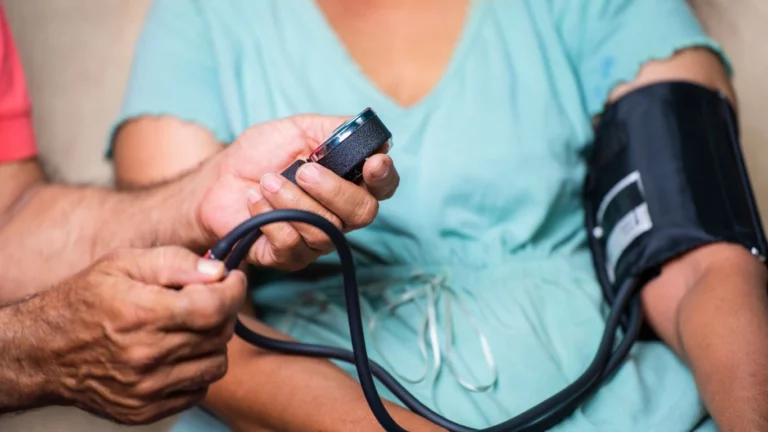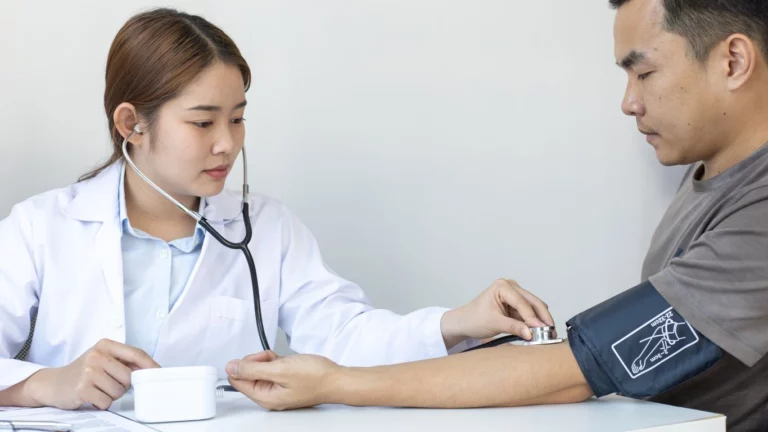Early Signs of Rheumatoid Arthritis in Women: A Comprehensive Guide
html
Early Signs of Rheumatoid Arthritis in Women: A Comprehensive Guide
Rheumatoid arthritis (RA) can sneak up on you, starting with subtle signs that are easy to brush off. But catching it early makes a world of difference! This guide dives into the early symptoms of RA in women, helping you spot the warning signs before they escalate.
Why Women Are More at Risk
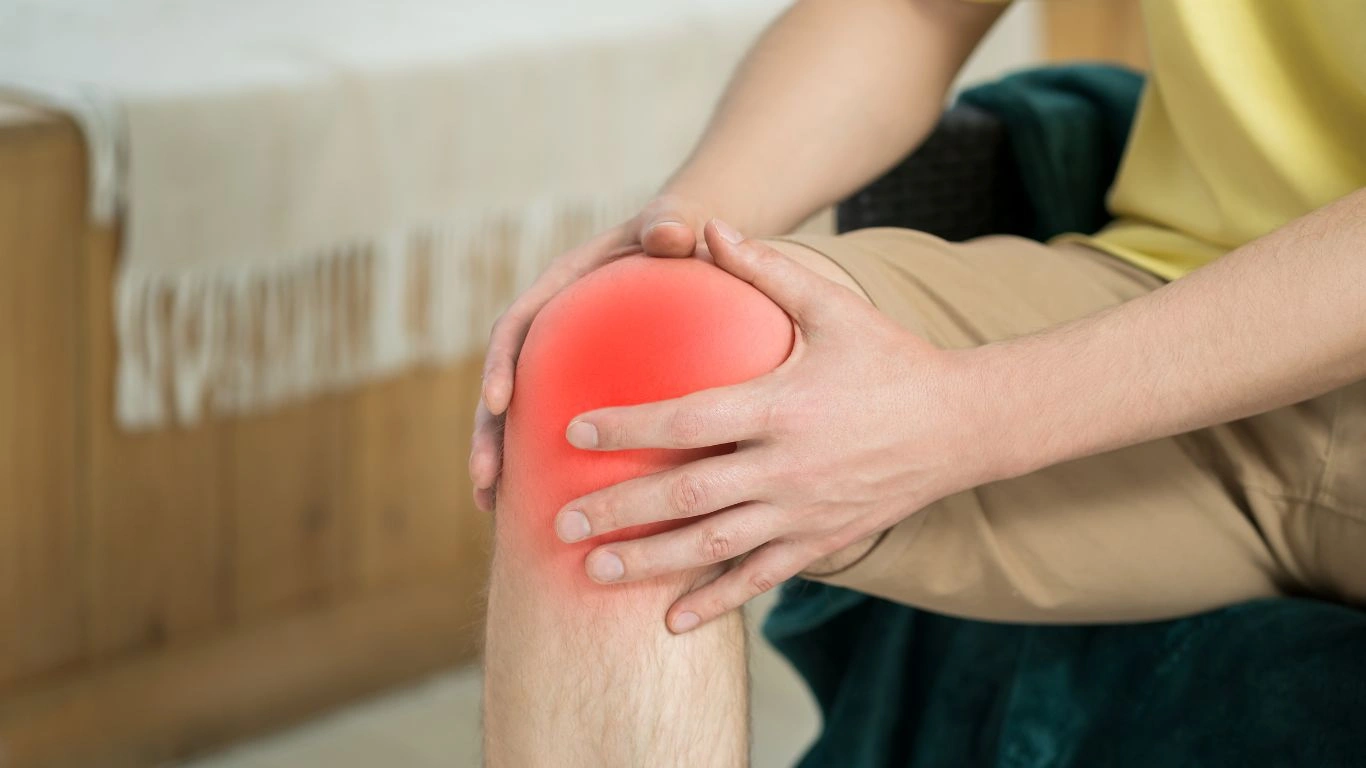
Hormonal fluctuations, genetics, and immune system differences make women more susceptible to rheumatoid arthritis. Research shows that women are up to three times more likely to develop RA than men. Estrogen might play a role, but the exact reason isn’t fully understood yet.
What Are the Early Signs of Rheumatoid Arthritis in Women?
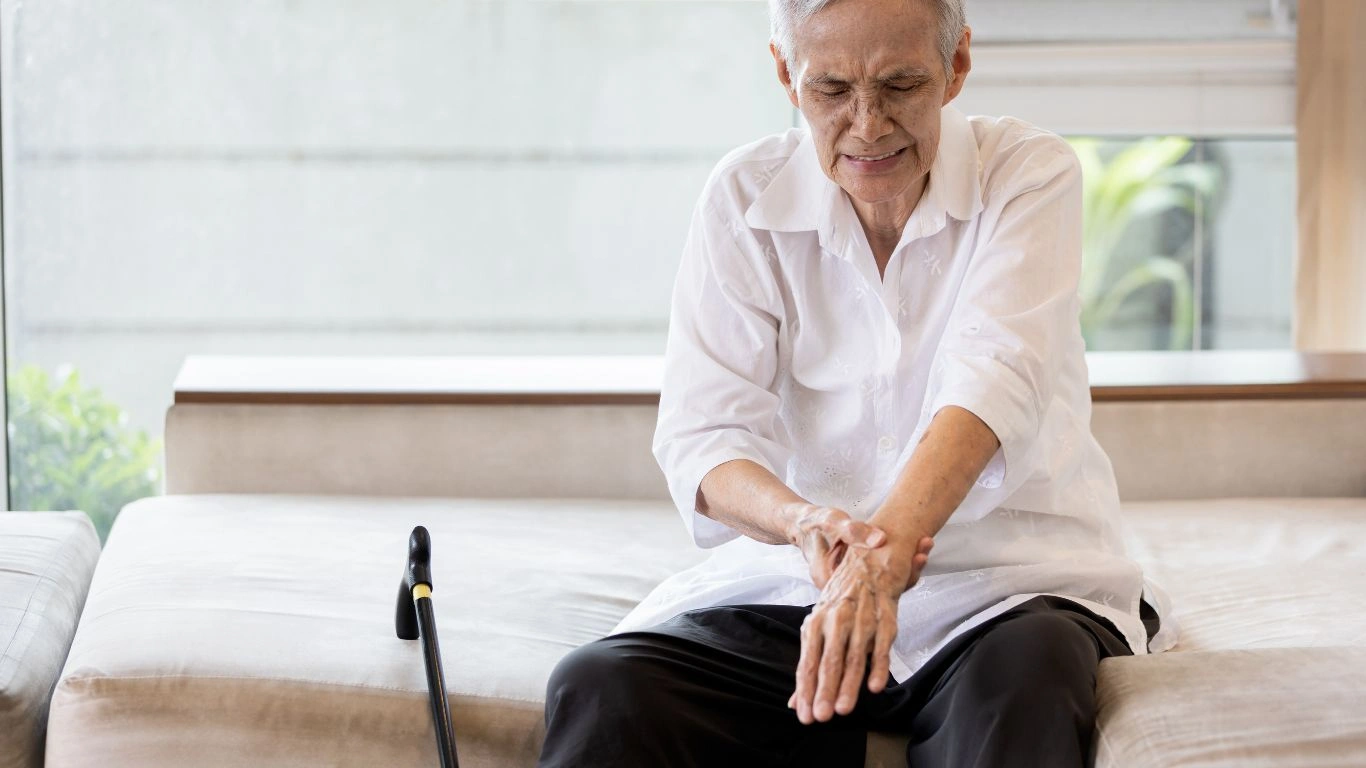
1. Morning Joint Stiffness
You know that feeling when you wake up and your joints are stiff and achy? If it lasts more than an hour and doesn’t improve with movement, it could be an early sign of RA.
2. Swollen Joints
RA often starts with swelling in smaller joints, like your fingers or toes. The swelling can make your joints feel warm and tender, which is different from typical post-workout soreness.
3. Fatigue
RA-related fatigue is more than just feeling tired. It’s an all-encompassing exhaustion that can affect your mood, focus, and daily routine.
4. Symmetrical Pain
One key feature of RA is symmetry. If both hands or knees feel swollen or painful, that’s a red flag. Unlike injuries, RA tends to affect the same joints on both sides of your body.
5. Unexplained Weight Loss
Losing weight without trying can be an early symptom of RA. This happens because inflammation increases your metabolic rate, and chronic pain can suppress your appetite.
6. Numbness or Tingling
RA can cause nerve compression, leading to sensations of tingling or numbness, especially in your hands. If you experience this along with joint pain, it’s time to see a doctor.
How Is RA Diagnosed?
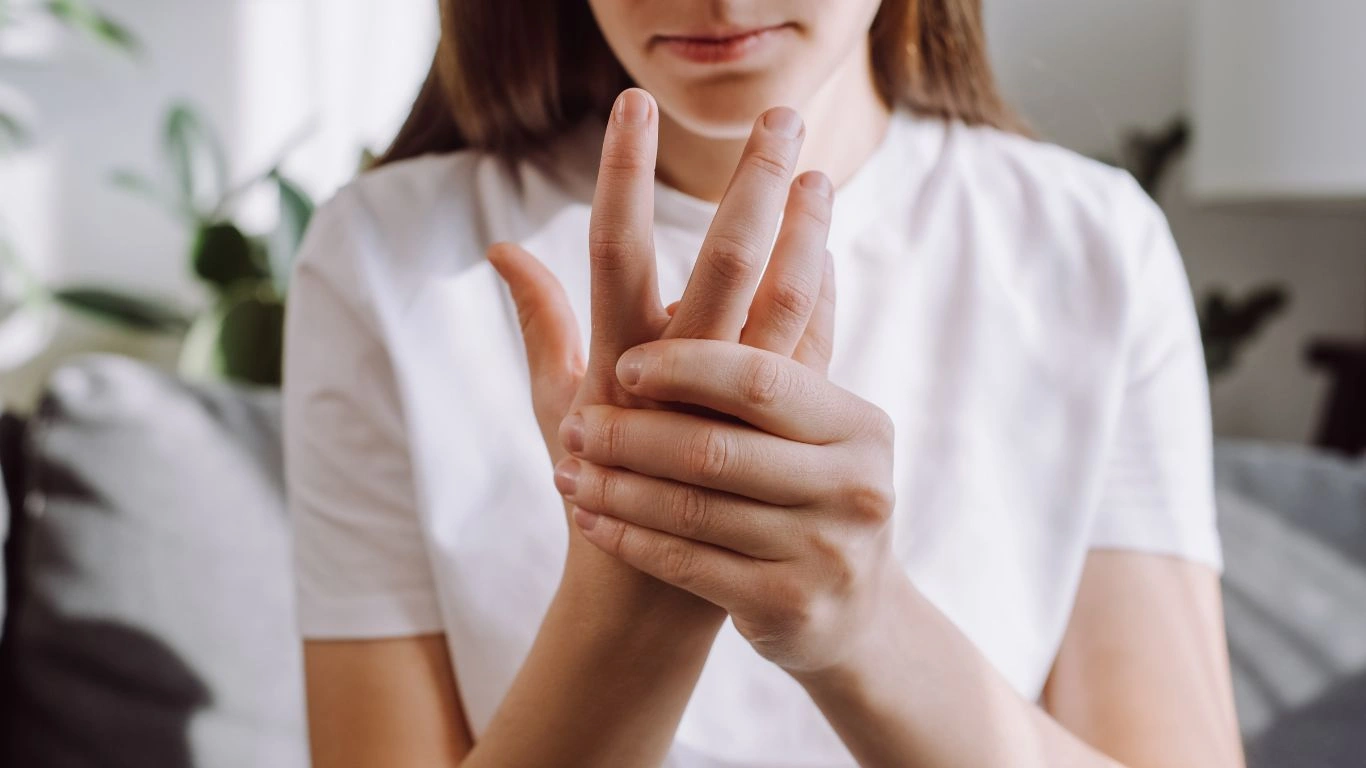
Blood Tests
Doctors often start with blood tests to check for markers like rheumatoid factor (RF) or anti-cyclic citrullinated peptide (anti-CCP) antibodies.
Imaging
X-rays, ultrasounds, or MRIs can help identify joint damage or inflammation early on.
Lifestyle Tips for Managing Early RA Symptoms
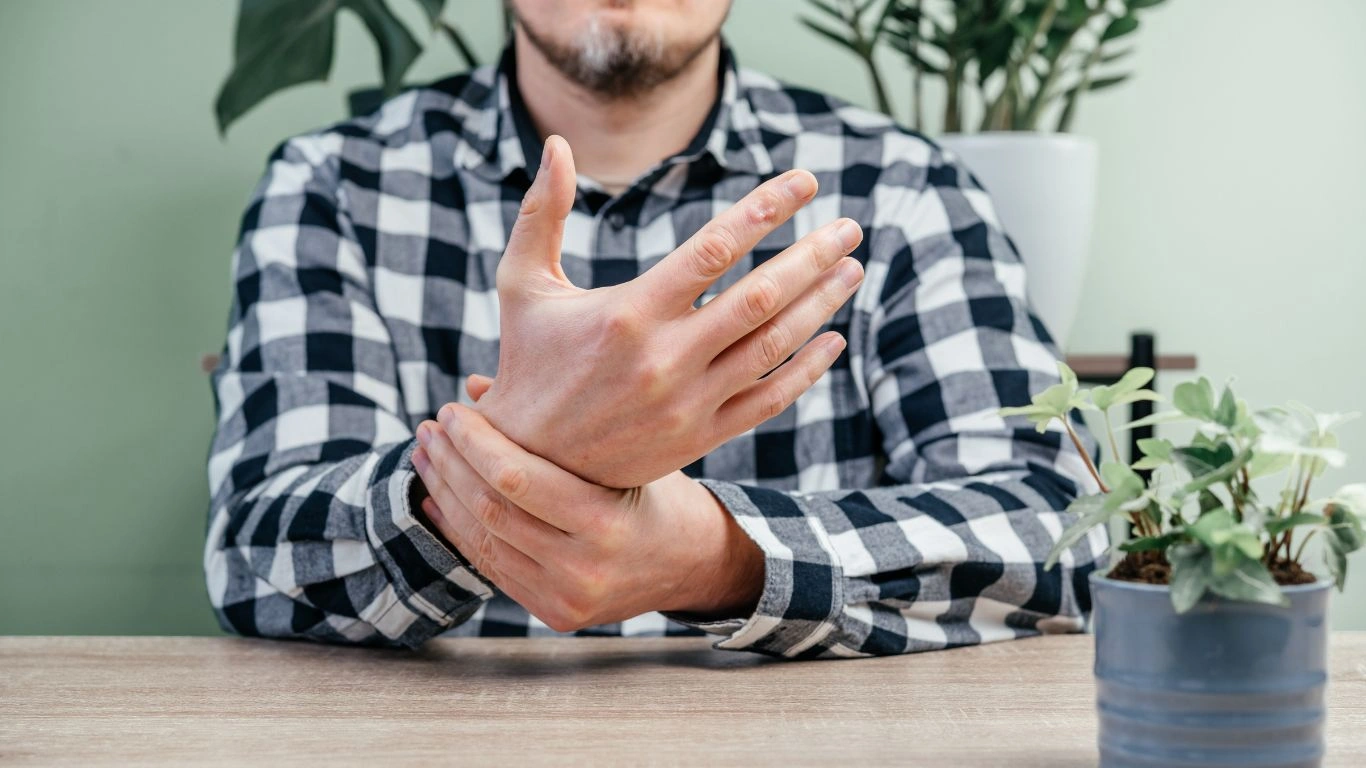
- Stay Active: Low-impact exercises like yoga or swimming can reduce stiffness and improve joint mobility.
- Eat Anti-Inflammatory Foods: Focus on omega-3s, fruits, veggies, and whole grains to reduce inflammation.
- Rest When You Need To: Pushing through fatigue can worsen symptoms, so listen to your body.
- Use Heat and Cold Therapy: Heat can relax muscles, while cold packs reduce swelling and numb joint pain.
Disclaimer: This article is for informational purposes only and should not replace professional medical advice. If you suspect you have RA, consult a healthcare provider for a personalized evaluation and treatment plan.

Tarra Nugroho is a dedicated Nurse Practitioner with a strong foundation in family and preventive care. She brings both compassion and clinical expertise to her practice, focusing on patient-centered care and health education. As a contributor to Healthusias.com, Tarra translates medical knowledge into clear, empowering articles on topics like women’s health, chronic disease management, and lifestyle medicine. Her mission is simple: help people feel seen, heard, and informed—both in the clinic and through the content she creates. When she’s not caring for patients, Tarra enjoys weekend hikes, plant-based cooking, and curling up with a good health podcast.
